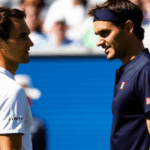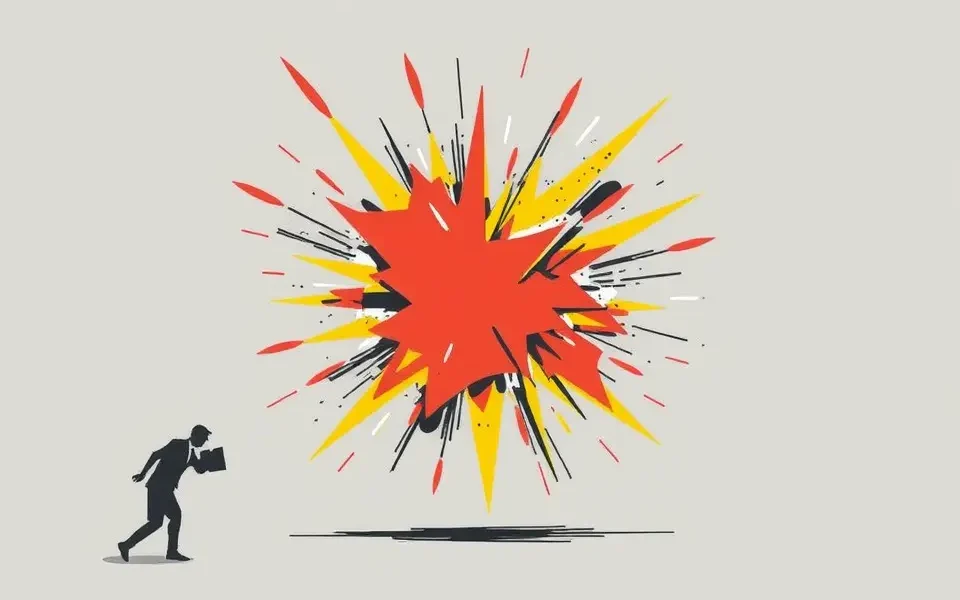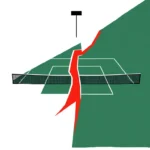The Porsche Tennis Grand Prix in Stuttgart is known for attracting the world’s top women’s tennis players, including stars like Aryna Sabalenka, Iga Swiatek, and Coco Gauff. However, this year, these players and others will face a significant change to their schedule due to a unique local circumstance.
The Good Friday Factor
The primary reason for the schedule alteration is Good Friday, an important religious holiday in Germany. Specifically, a law in the state of Baden-Württemberg, where Stuttgart is located, prohibits sporting events from taking place on Good Friday. As the Porsche Tennis Grand Prix is held in Stuttgart, this law directly impacts the tournament’s schedule. This means there can be no matches played in the Porsche Arena on Good Friday.
To accommodate this restriction, the tournament has been forced to adjust its schedule, resulting in a day off in the middle of the week. Consequently, the semi-finals will be played on Sunday, and the championship match has been pushed back to Easter Monday, April 21.
The Modified Schedule Breakdown
Here’s how the schedule of the 2025 Porsche Tennis Grand Prix will look:
- April 12-13: Qualifying matches
- April 14: Main-draw begins
- April 17: Last 16 matches
- April 18: No play (Good Friday)
- April 19: Quarter-finals
- April 20: Semi-finals
- April 21: Final
This unusual scheduling means that players will need to adapt to an extra day of rest in the middle of the tournament, which could influence their preparation and match strategy.
Impact on Players
- Adjustment to Clay: For many players, Stuttgart marks their first foray onto clay courts after hard-court events like Indian Wells and Miami. The altered schedule gives them an extra day to acclimate to the surface.
- Travel to Madrid: The WTA 1000 event in Madrid begins shortly after Stuttgart. The Monday final allows players enough time to travel to Madrid, where main-draw matches start on Tuesday, April 22. Top players in Madrid will also receive a bye into the second round, providing additional rest.
- Strategic Implications: Players and coaches may need to rethink their strategies to account for the day off. This could involve adjusting practice schedules, recovery plans, and match tactics.
Players in the Mix
Despite the schedule changes and some notable withdrawals, the 2025 Porsche Tennis Grand Prix boasts a star-studded lineup.
Confirmed participants include:
- Aryna Sabalenka (World No. 1)
- Iga Swiatek (World No. 2)
- Coco Gauff (World No. 4)
- Jessica Pegula
- Mirra Andreeva
- Jasmine Paolini
- Emma Navarro
However, some players have withdrawn from the tournament for various reasons:
- Elena Rybakina (defending champion) – Prioritized Billie Jean King Cup commitments.
- Madison Keys – Strategic break to manage workload and recover.
- Ons Jabeur – Recovering from an injury.
- Barbora Krejcikova – Ongoing back issues.
- Qinwen Zheng
- Paula Badosa
Top Players’ Perspectives
- Aryna Sabalenka: Has reached the Stuttgart final three times but is yet to win the title. She aims to finally claim the top prize.
- Iga Swiatek: A two-time former champion (2022 and 2023), Swiatek will be looking to regain the trophy.
- Coco Gauff: Will be starting her clay-court season in Stuttgart.
The Prize
The winner of the singles final will not only receive a significant prize money and ranking points but also a brand-new Porsche Macan Turbo.
Other Schedule-Related Concerns in Tennis
While the Stuttgart schedule change is due to a specific local event, it highlights broader concerns about the demanding nature of the professional tennis calendar.
Here are some of the common issues:
- Relentless Travel: Players face constant travel between tournaments, often across different continents.
- Surface Changes: Frequent switches between hard, clay, and grass courts require significant adjustments.
- Minimal Recovery Time: The packed schedule leaves little room for proper training, rest, and injury prevention.
- Player Burnout: Many players feel pressured to compete week after week to maintain rankings and fulfill commitments, leading to fatigue, injuries, and burnout.
Some players have voiced their concerns about the extended format of certain Masters 1000 events, which now span two weeks. They argue that this format reduces the quality of play due to insufficient time for rest and preparation. Others point out that while extended formats might benefit lower-ranked players, they are not ideal for top players who have more demanding schedules overall.
Potential Solutions
To address these issues, there have been calls for a reevaluation of the tennis calendar to prioritize player health and performance. Suggestions include:
- More Rest Time: Implementing mandatory breaks for players to recover and train.
- Calendar Optimization: Reducing the number of tournaments or spreading them out more evenly.
- Surface-Specific Blocks: Creating longer stretches of tournaments on the same surface to minimize adjustment periods.
- Mental Health Support: Providing resources and support for players to cope with the mental and emotional demands of the tour.
Conclusion
While the schedule change at the 2025 Porsche Tennis Grand Prix is a one-off event caused by local regulations, it shines a light on the broader challenges faced by tennis players due to the sport’s demanding calendar. As top players like Sabalenka, Swiatek, and Gauff adapt to the altered schedule in Stuttgart, the tennis world continues to debate the need for changes that prioritize player well-being and ensure the long-term sustainability of the sport.








No Comment! Be the first one.